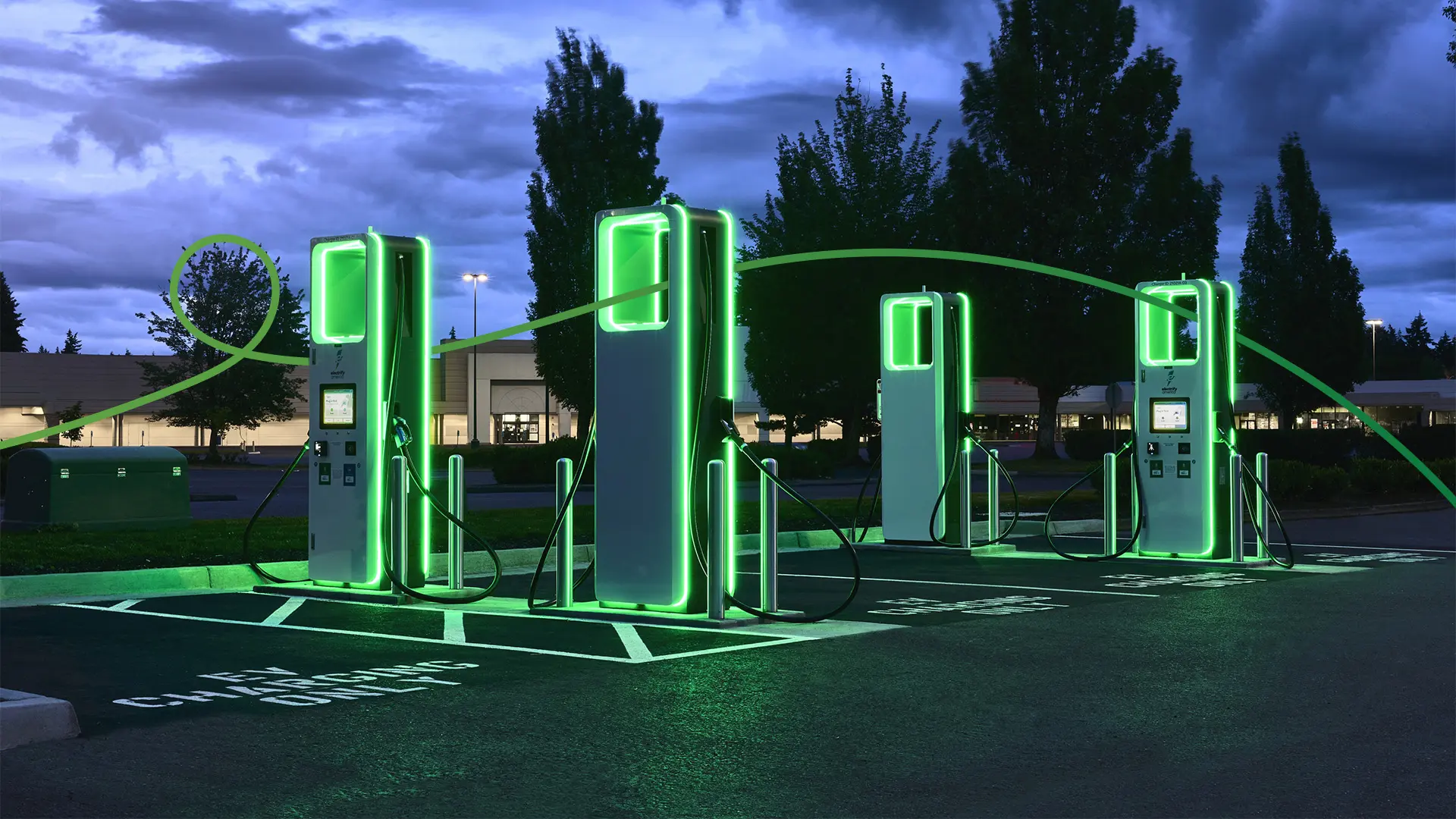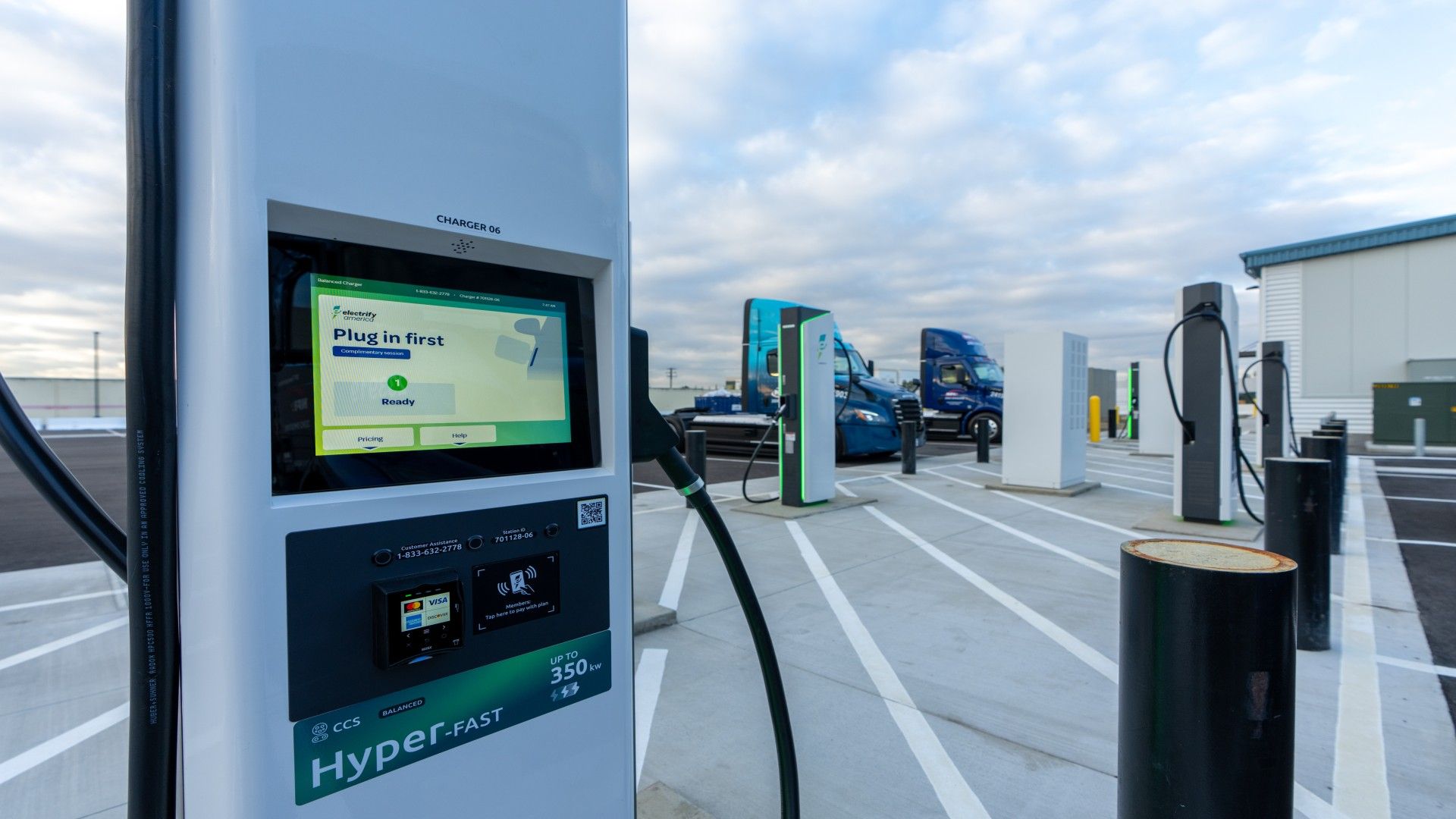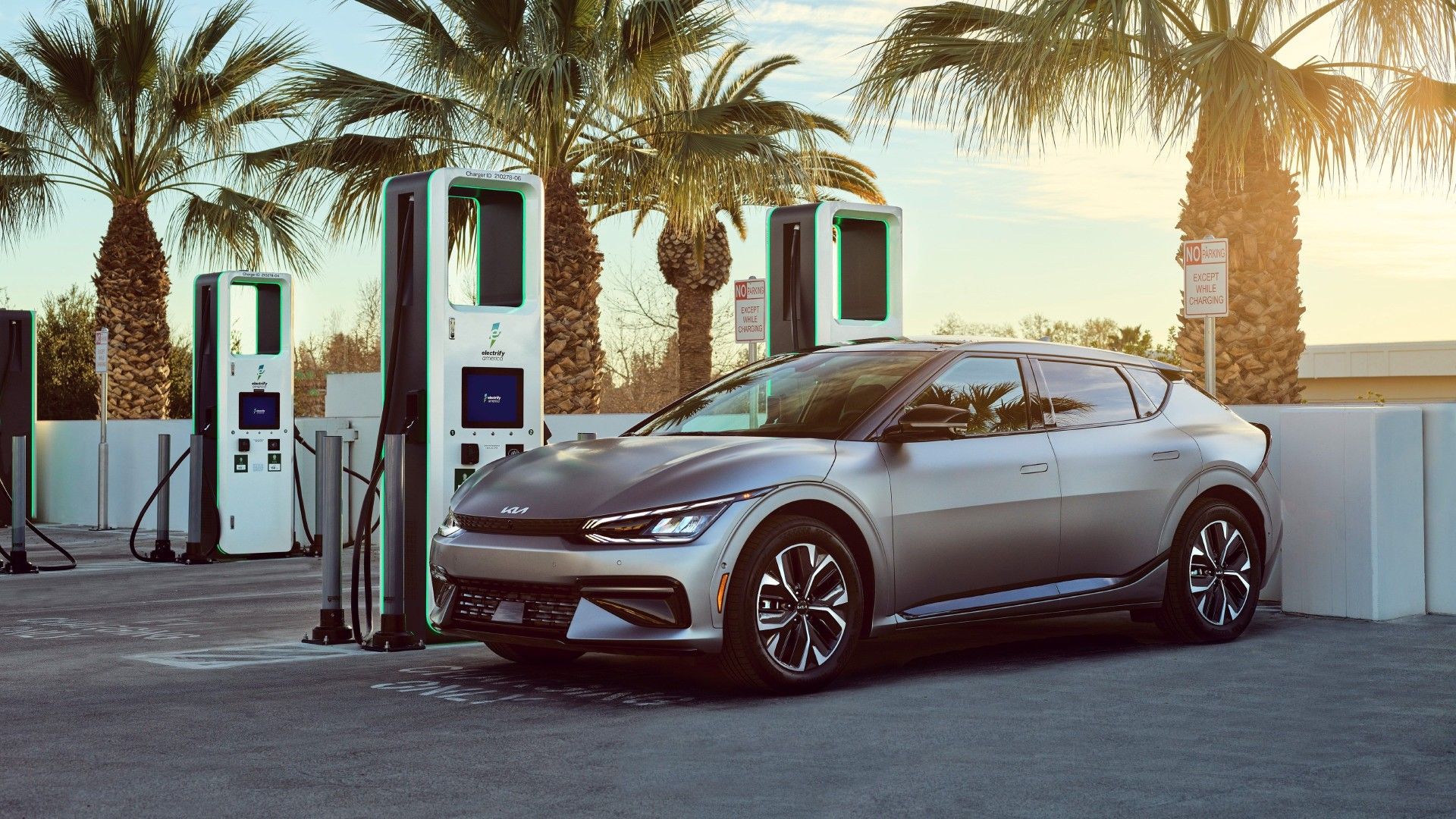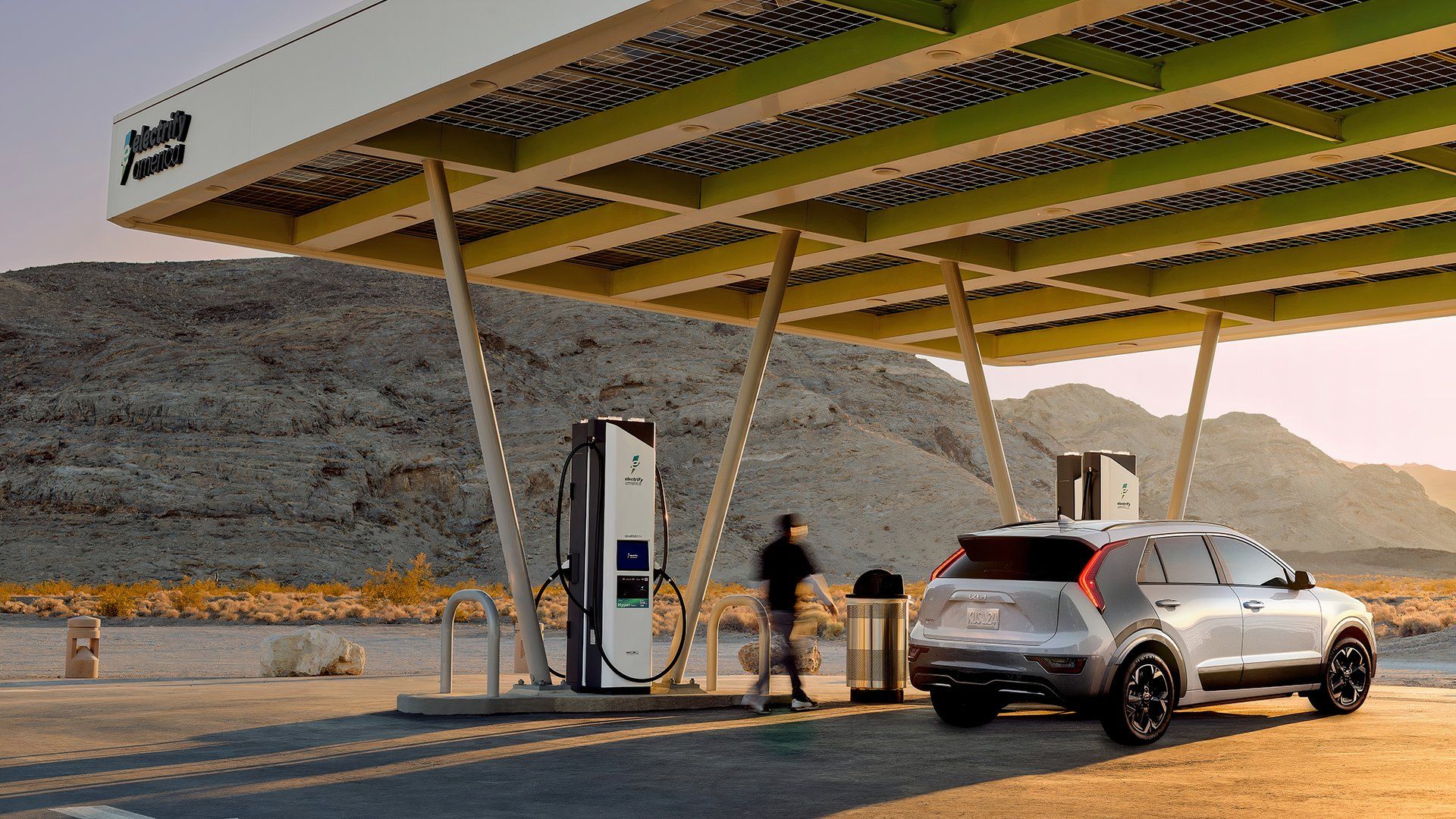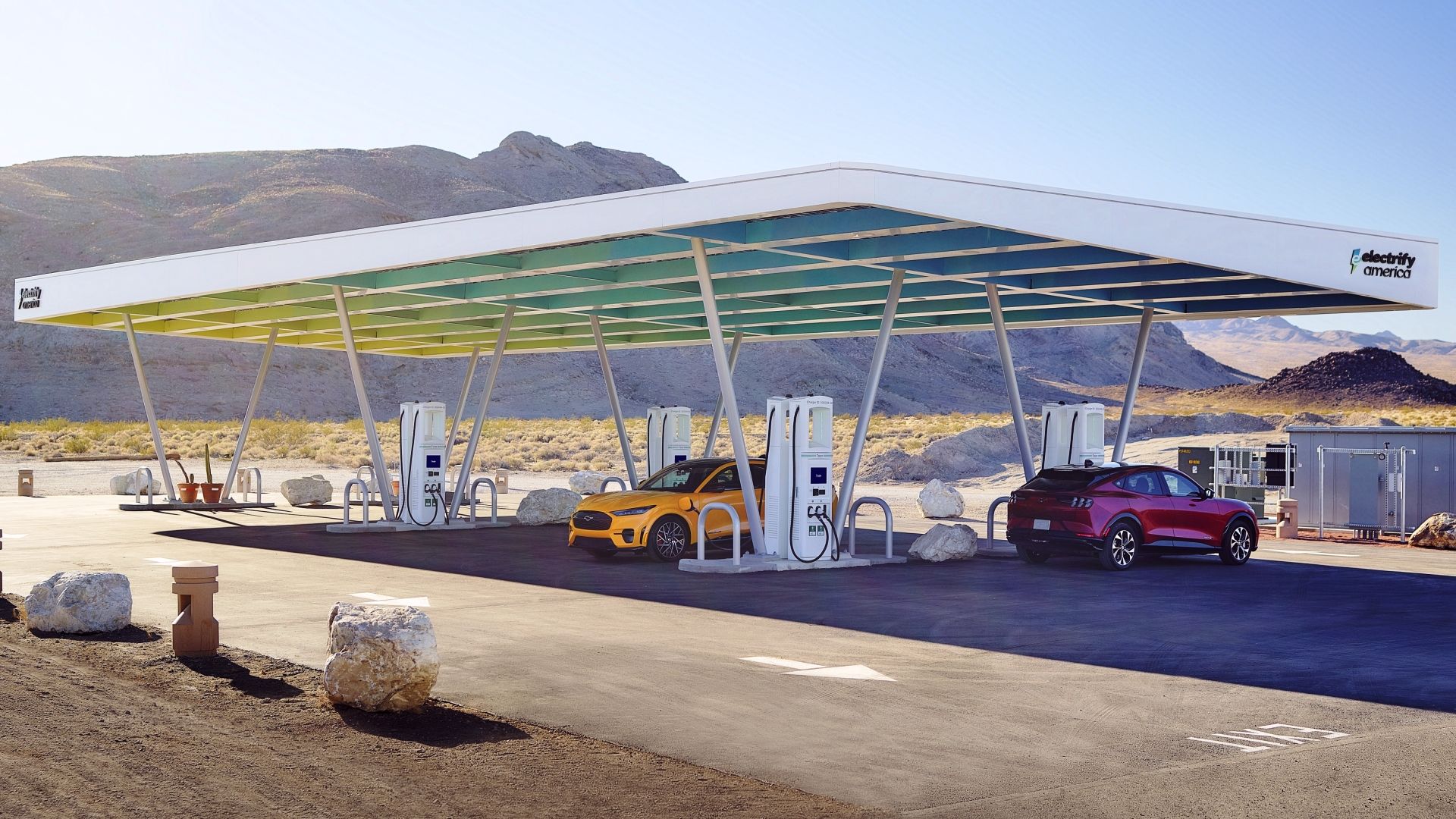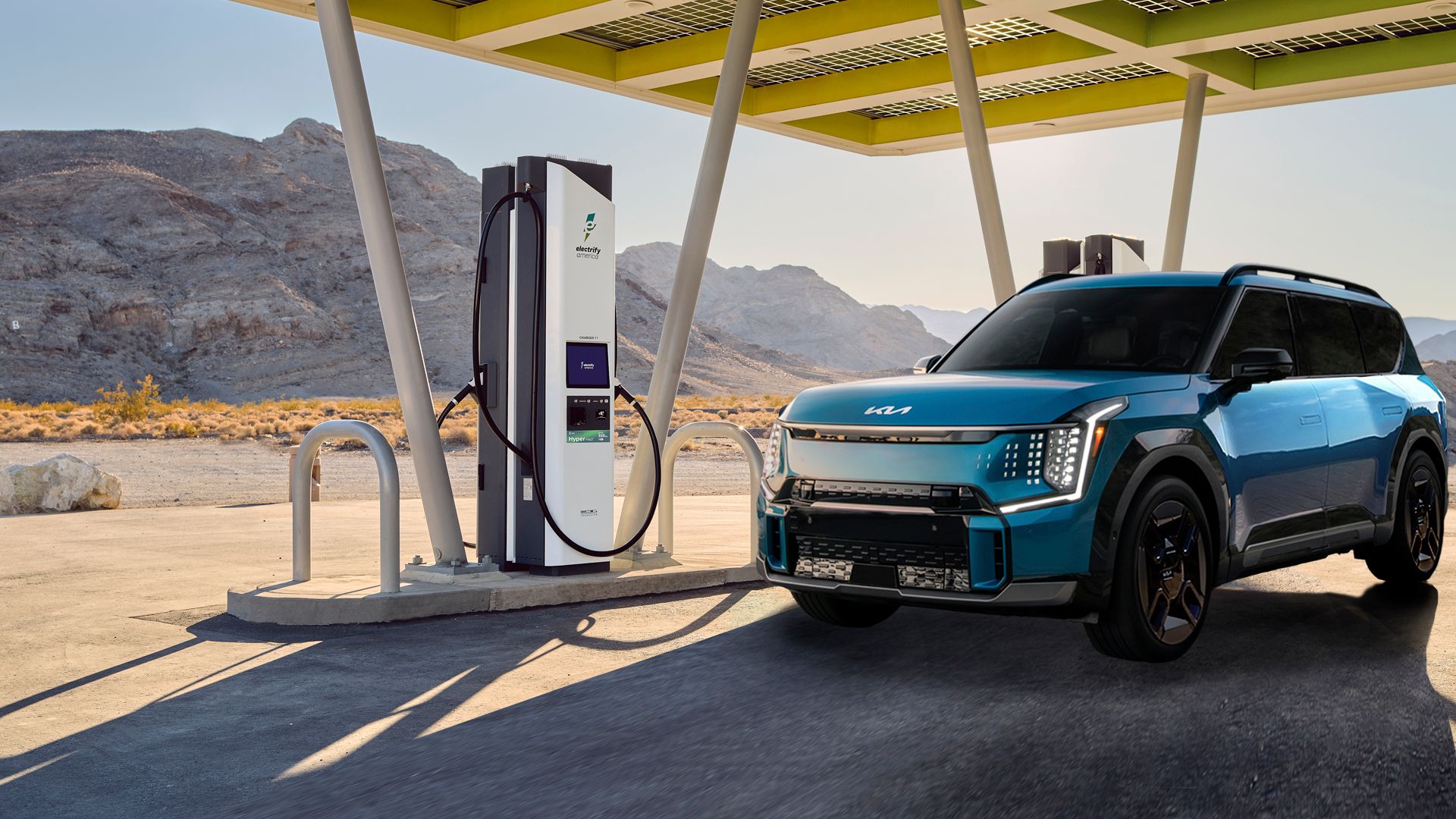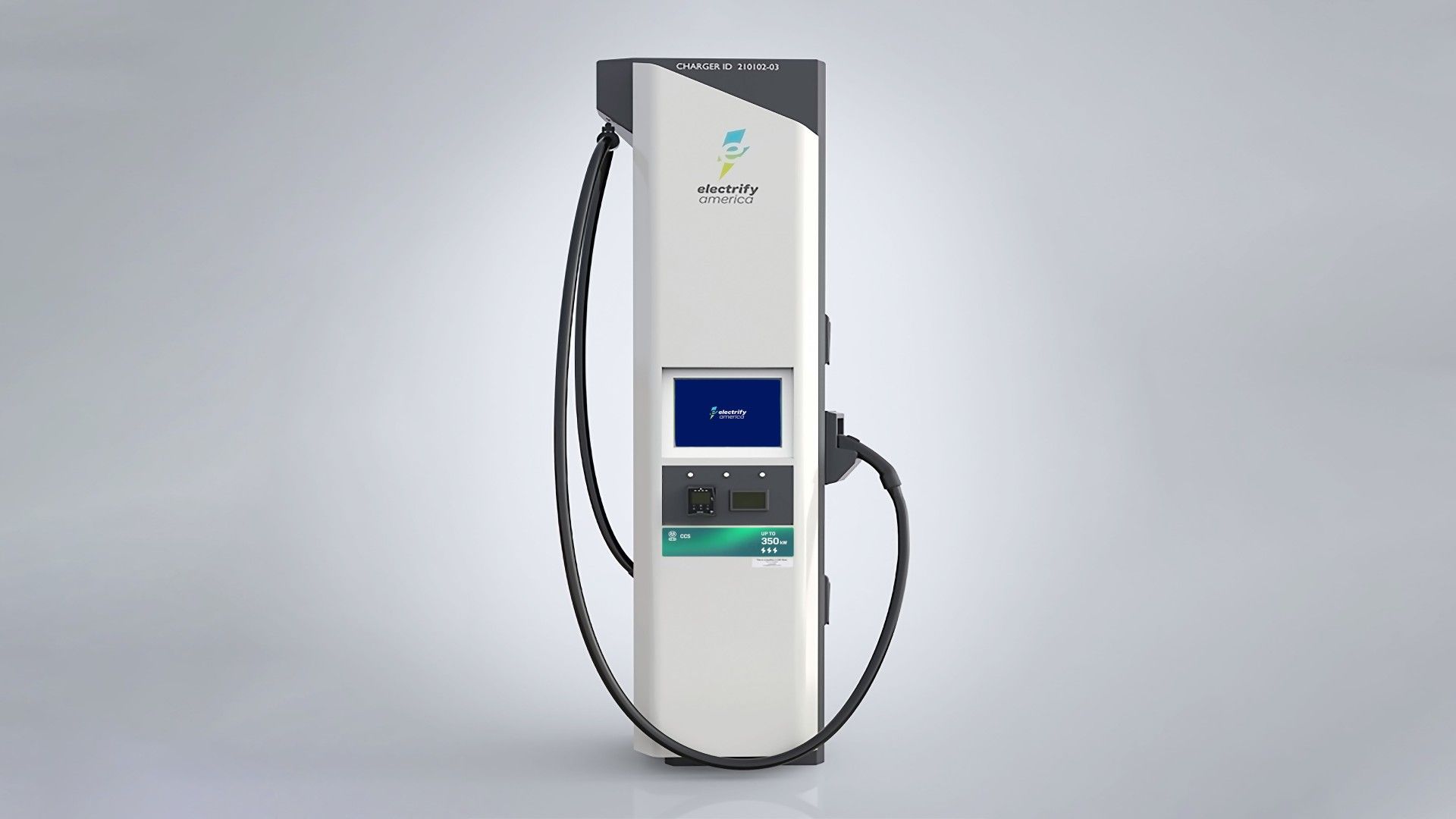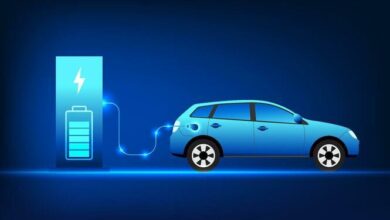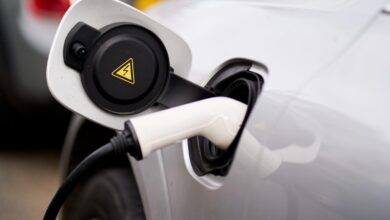Electrify America History, EV Compatibility, And Average Cost To Charge

As the electric vehicle (EV) revolution accelerates, finding reliable and convenient charging solutions becomes increasingly crucial. Enter Electrify America, a key player in the EV charging infrastructure landscape. Founded in 2017, this ambitious initiative has rapidly expanded its network across the United States, aiming to make EV charging as seamless and accessible as refueling a traditional car. But how was this company born, and what makes it stand out in the crowded EV market?
In this article, we’ll take you through the fascinating history of Electrify America, from its inception as part of Volkswagen‘s settlement over the Dieselgate scandal to its current status as a leading EV charging network. We’ll explore the range of vehicles compatible with Electrify America’s chargers, ensuring you understand what EV models are supported.
Additionally, we’ll break down the average costs associated with charging your vehicle at Electrify America stations to help prospective users of this charging network make informed decisions about their EV usage. Whether you are a long-term EV owner or just starting a journey toward sustainable transportation, this comprehensive guide will provide valuable insights into one of the most significant developments in the EV world. Keep reading to delve into Electrify America’s past, present, and future.
To give you the most up-to-date and accurate information possible, the data used to compile this article was sourced from Electrify America and other authoritative sources, including HotCars and CarBuzz.
The Best Electric Car Charging Companies And What Sets Them Apart
These 10 companies are currently trailblazing the electric car charging industry across the world.
Electrify America History
Public EV charging stations are essentially gas stations for electric vehicles (EVs). They provide the electrical connection needed to recharge an EV’s battery, allowing drivers to extend their range and keep their vehicles running. Unlike home charging stations, which are typically installed in a private residence, public stations are accessible to anyone with an electric car.
Several major charging networks exist globally, each aiming to provide extensive and reliable EV charging infrastructure. Electrify America faces competition from several players in the rapidly growing EV charging infrastructure landscape. Some of the most notable networks include ChargePoint, Tesla’s Supercharger Network, and Shell Recharge. Many of the charging networks in the U.S. were born long before Electrify America was launched in 2017.
Electrify America’s story is unique because it’s one of redemption and a pivotal chapter in the electric vehicle (EV) revolution. Born out of the ashes of the Volkswagen emissions scandal, better known as “Dieselgate,” Electrify America has transformed into the leading provider of ultra-fast charging stations in the US.
From Scandal To Sustainability Leader
Electrify America’s origins are directly tied to the infamous Volkswagen emissions scandal, also known as Dieselgate. In 2015, Volkswagen was caught red-handed for equipping its diesel vehicles with software that manipulated emissions tests. This resulted in a massive environmental scandal and legal repercussions for the company.
As part of the settlement agreements, Volkswagen agreed to invest $2 billion in the U.S. to offset the environmental impact of its actions. This is where Electrify America enters the picture. Established in late 2016 and launched in 2017, Electrify America served as Volkswagen’s commitment to fostering a cleaner future.
The company’s core mission was to build a robust network of ultra-fast charging stations across the US, thereby promoting the adoption of electric vehicles—a stark contrast to the polluting diesel technology Volkswagen had championed previously.

Everything You Need To Know About Tesla’s North American Charging Standard
Tesla’s NACS has taken over the EV world with many other automakers joining the rig. Here’s what you need to know.
EV Compatibility Of The Electrify America Network
EA’s support for multiple charging standards ensures compatibility with the vast majority of EV models currently available:
- CCS (Combined Charging System): The most commonly used DC fast charging standard in North America and Europe, compatible with many EVs from manufacturers like Volkswagen, BMW, Ford, General Motors, Hyundai, Kia, and more.
- CHAdeMO: Another popular DC fast charging standard, mainly used by Japanese manufacturers such as Nissan (e.g., Nissan Leaf) and Mitsubishi.
- J1772: This is the standard for Level 2 charging, which is compatible with all EVs sold in North America, including plug-in hybrid electric vehicles (PHEVs).
Tesla owners can connect to Electrify America stations with a special adapter. While it works, there might be limitations compared to using Tesla’s Supercharger network, such as charging speeds and potential compatibility issues.
Charging Speeds
With the quickest charging speeds (Ultra-Fast 150 kW and Hyper-Fast 350 kW) available, Electrify America’s Direct Current (DC) chargers enable you to charge in as little as 30 minutes. EA just released new charging labels. At the top, the connector icons corresponding to each label’s charging port are visible to users. The charger’s power is indicated at the bottom by lightning bolt icons; the larger the kilowatt (kW), the higher the power.
Three connectors are available on their charging stations:
- Green Hyper-Fast marks indicate CCS connectors with a maximum power output of 350 kW.
- Teal Ultra-Fast markings indicate 150 kW maximum power delivery from CCS connectors.
- CHAdeMO connections capable of delivering up to 50 kW are identified by blue markings.
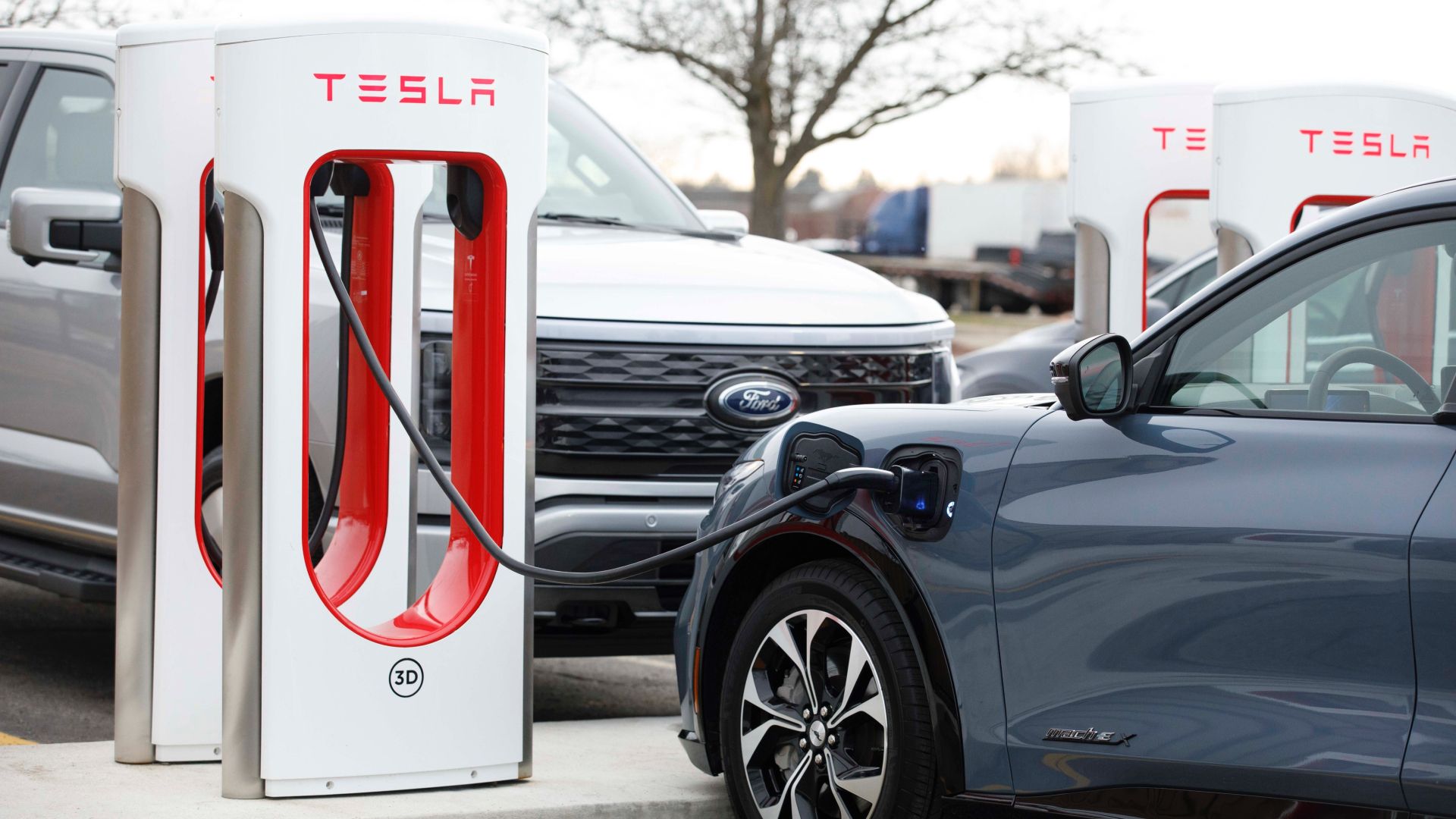
10 Car Brands That Can Use Tesla’s Supercharging Network
With the North American Charging Standard (NACS) port becoming mandatory, automakers are racing to get onto Tesla’s Supercharger network.
Average Cost To Charge
When choosing a DC fast charging station, it’s crucial to consider factors that directly influence the pricing. These include the location of the charger, your charging plan, and, in the case of per-minute sites, the maximum power level your car can handle.
Depending on where you live, you can pay for charging by the kilowatt-hour or the minute at Electrify America. The power level and pricing at per-minute sites are determined by the maximum amount of power your vehicle can accept, which it signals to the charger at the beginning of the charging session.
Variations in temperature, battery age, and battery capacity (your state of charge) can all affect how quickly your battery charges. However, fluctuations in charging speed do not affect the per-minute rate of charging sessions. Electrify America has switched to pricing based on kilowatt-hours (kWh) in specific locations, regardless of the duration of the charging session. To see real-time pricing, download the Electrify America app.

Add TopSpeed to your Google News feed.
Station Availability, Charging Times, And Alternative Charging Options
Electrify America has a robust network with hundreds of charging stations across the United States, covering major highways and metropolitan areas to facilitate long-distance travel and daily commuting. EA Stations are strategically located near amenities such as shopping centers, restaurants, and rest stops, making it convenient for users to charge their vehicles while attending to other activities.
Electrify America’s mobile app and website provide real-time information on station availability, including the number of chargers in use. This helps users plan their charging stops more effectively. Some stations allow users to reserve charging spots in advance, reducing wait times and ensuring availability during peak hours.
As an alternative, many EV owners install Level 1 and Level 2 Chargers home chargers for overnight charging. Electrify America offers home charging solutions that can be integrated with its network for seamless energy management. Additionally, Electrify America has partnerships with other charging networks, providing users access to a broader range of charging stations through a single account or app.
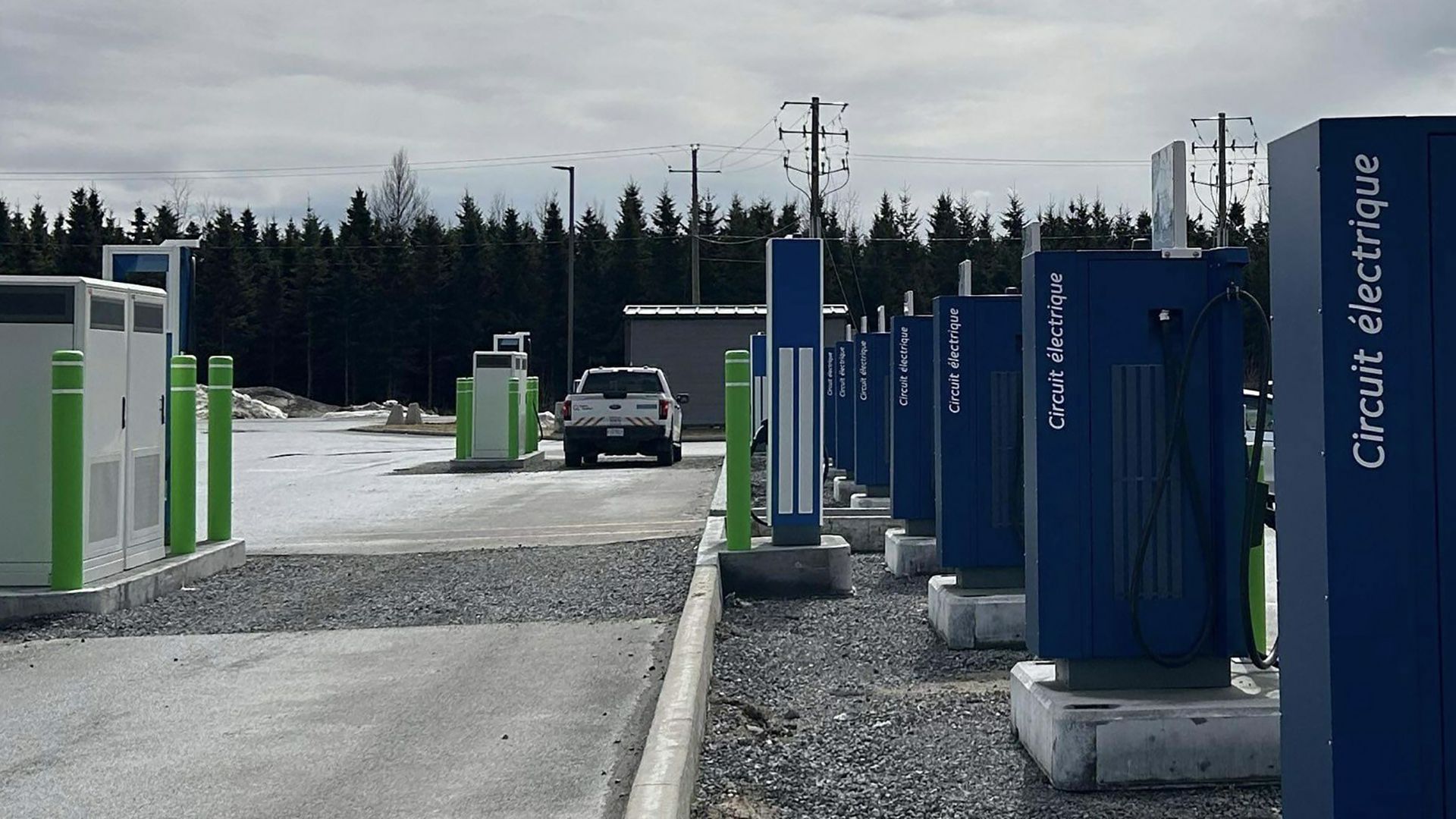
Quebec’s Massive, 44-Unit Public Charging Hub Gives Us A Glimpse Of The Future
Comprised of Tesla Superchargers and Hydro-Quebec’s Electric Circuit fast-charging units, the hub forecasts tomorrow’s public charging infrastructure.
Electrify America And The Future of EV Charging
The future of electric vehicle EV charging is poised to revolutionize how we think about mobility and sustainability. As EV adoption accelerates, the charging infrastructure must evolve to meet the growing demand, ensuring convenience, speed, and accessibility for all users. One of the most significant advancements will be the proliferation of ultra-fast charging stations.
With speeds of up to 350 kW, these chargers will dramatically reduce charging times, allowing drivers to recharge their vehicles in minutes instead of hours. This rapid charging capability is crucial for widespread EV adoption, making long-distance travel more feasible and reducing downtime. Just imagine charging your EV in 20 minutes! Advancements in battery technology and charger design promise lightning-fast charging times and smart stations that optimize energy use and integrate with renewable sources are also on the horizon.
Forget range anxiety. Widespread charging stations will be as common as gas stations today. Look for growth in workplace charging, apartment complex integration, and even neighborhood lamppost chargers. The future of EV charging is bright, promising a world where electric vehicles are a convenient and sustainable transportation for everyone.
Commitment To Sustainability, Developments, And Collaborations
Electrify America is one of the leading EV charging networks in the US. EA aims to empower communities through sustainable innovation to enable accessible electric transportation. The company claims that 100% of its network is backed by 100% certified renewable energy. For instance, Electrify America Solar Glow 1, their first solar farm in Southern California, supports the critical sustainability goal of additionality to create new renewable energy. EA also empowers electrification by investing in brand-neutral zero-emission vehicle (ZEV) education and other programs in disadvantaged, low-income, and rural areas.
Throughout its seven-year history, Electrify America has partnered with companies, from car manufacturers to other public electric vehicle fast charging networks. For instance, in 2019, Electrify America and EVgo announced an interoperability agreement that increases access to electric vehicle charging stations nationwide. The roaming partnership allows drivers to charge their EVs on both EVgo and Electrify America public chargers without additional fees, using their existing accounts for a seamless experience.
In 2022, BMW of North America and Electrify America announced an agreement to provide 2022 BMW EV customers with two years of 30-minute complimentary charging sessions at all Electrify America public charging stations from the date of vehicle purchase.
